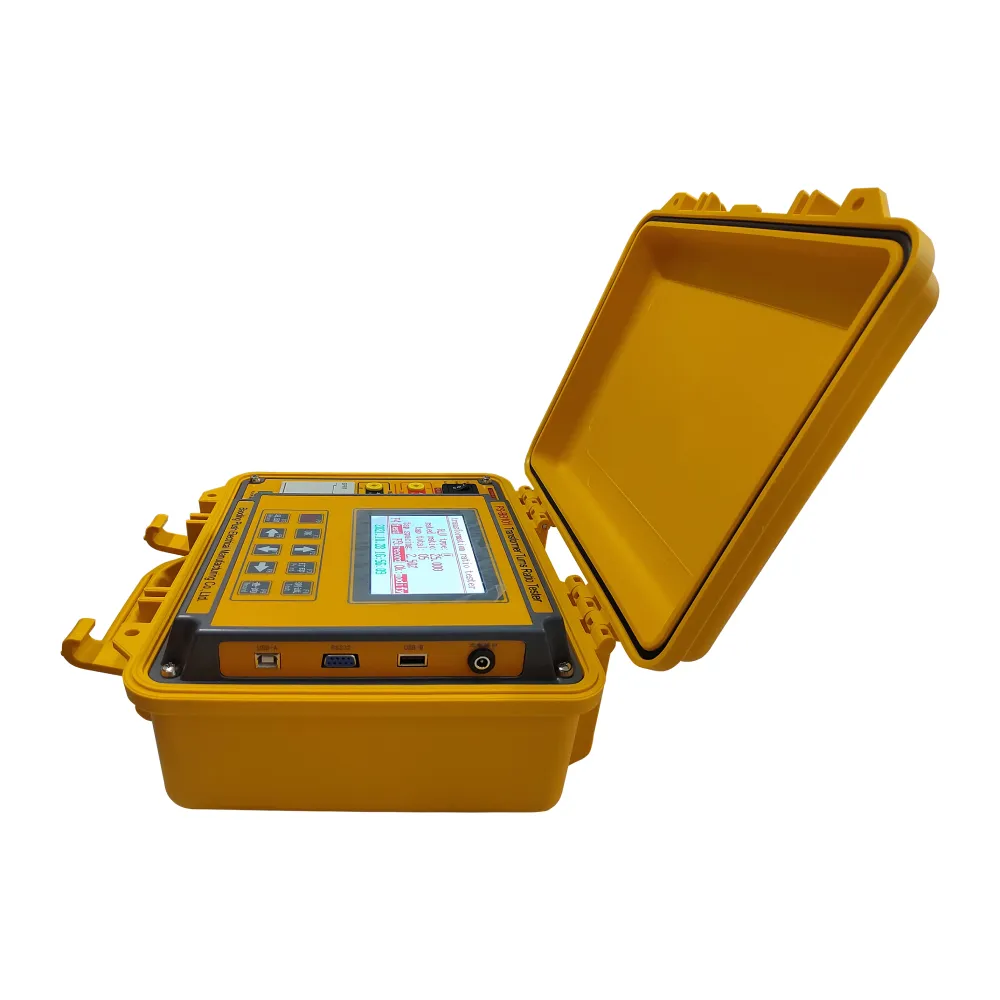 English
English


Testing for Oil Leakage in Transformers to Ensure Operational Integrity and Safety
Oil Leakage Test of Transformers Ensuring Reliability and Safety
Transformers are essential components in electrical systems, playing a critical role in voltage regulation and energy transfer. As with any electrical equipment, the operational reliability of transformers is paramount, and that includes ensuring the integrity of their insulating oil. Oil leakage not only diminishes the efficiency of a transformer but also poses significant safety hazards. Therefore, conducting oil leakage tests is essential for maintaining transformer health and operational safety.
Importance of Transformer Oil
Transformer oil serves several vital functions it acts as an insulator, cooling agent, and protects against moisture infiltration. Any leakage can compromise these functions. Furthermore, leaks can lead to environmental contamination and represent a major safety risk, particularly in facilities with high voltages.
Types of Oil Leakage Tests
1. Visual Inspection The first and simplest method of detecting oil leakage is through visual inspection. Operators should routinely check for signs of oil stains, leaks, or pooling around the transformer. While this method is quick, it may not detect all potential leak sources.
2. Pressure Testing This method involves filling the transformer with oil and then pressurizing it to check for consistency. If there is any drop in pressure, it is indicative of an oil leak. This test is often combined with a soap solution applied to potential leak points, which will produce bubbles if air escapes.
3. Dye Testing In this process, a fluorescent dye is added to the transformer oil. If a leak exists, the dye will escape and can be detected under UV light. This method is particularly efficient for identifying small leaks that might go unnoticed in visual inspections.
4. Ultra-Sound Detection Utilizing ultrasonic technology, operators can detect the high-frequency sounds produced by escaping oil. This non-invasive method is effective for locating leaks in areas that are difficult to access.
oil leakage test of transformer

5. Thermal Imaging Thermal cameras can identify temperature discrepancies around a transformer. An increase in temperature in specific areas can indicate oil loss and potential leakage issues, helping maintenance staff prioritize areas for inspection.
Benefits of Conducting Regular Oil Leakage Tests
Regular oil leakage testing is not merely a recommendation; it is critical for several reasons
1. Operational Efficiency A transformer that functions with intact insulation oil operates at optimal efficiency. Leaks can lead to loss of insulating properties and increased operational costs.
2. Safety and Environmental Protection Preventing oil leaks reduces the risk of fires and electrical accidents. Additionally, minimizing environmental impact is crucial, as transformer oils can be hazardous to both soil and water supplies.
3. Prolonged Equipment Life Regular testing helps in early detection of potential issues, allowing for timely repairs. This predictive maintenance can extend the lifecycle of the transformer, providing significant savings over time.
4. Regulatory Compliance Many jurisdictions have regulations governing the use and management of transformer oils, including the reporting of leaks and spills. Compliance with these regulations is vital for operational continuity and avoiding penalties.
Conclusion
The significance of oil leakage tests for transformers cannot be overstated. Regular inspections and testing lead to early detection of leaks and potential failures, ensuring equipment longevity, operational efficiency, and safety. As technological advancements continue to evolve, integrating modern testing methods, such as thermal imaging and ultrasonic leak detection, will contribute to even more effective transformer management practices. By prioritizing these tests, organizations can protect their investments, ensure safety, and contribute to environmental conservation, ultimately leading to more sustainable electrical infrastructure.
-
Differences between open cup flash point tester and closed cup flash point testerNewsOct.31,2024
-
The Reliable Load Tap ChangerNewsOct.23,2024
-
The Essential Guide to Hipot TestersNewsOct.23,2024
-
The Digital Insulation TesterNewsOct.23,2024
-
The Best Earth Loop Impedance Tester for SaleNewsOct.23,2024
-
Tan Delta Tester--The Essential Tool for Electrical Insulation TestingNewsOct.23,2024





